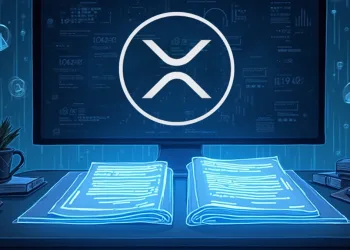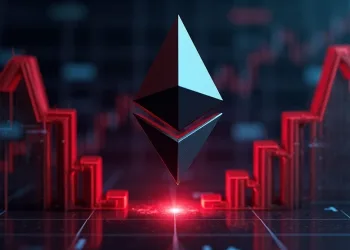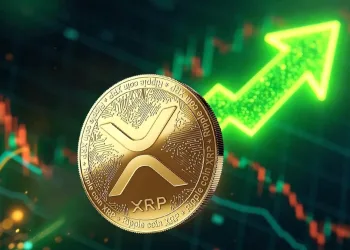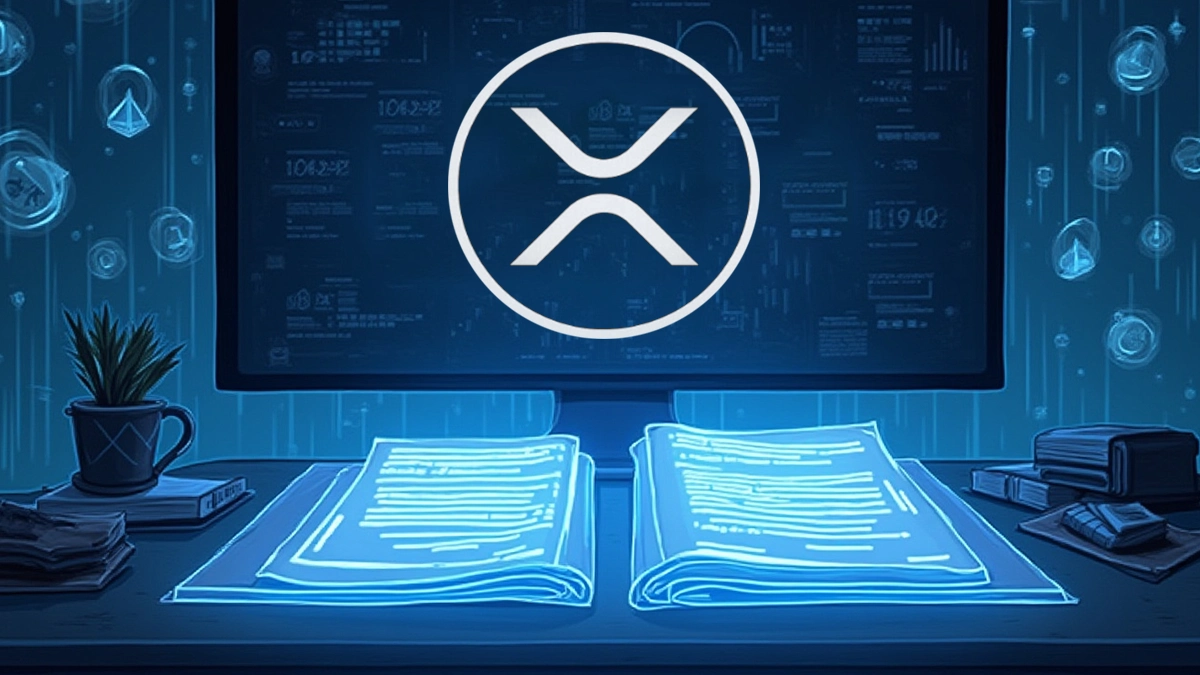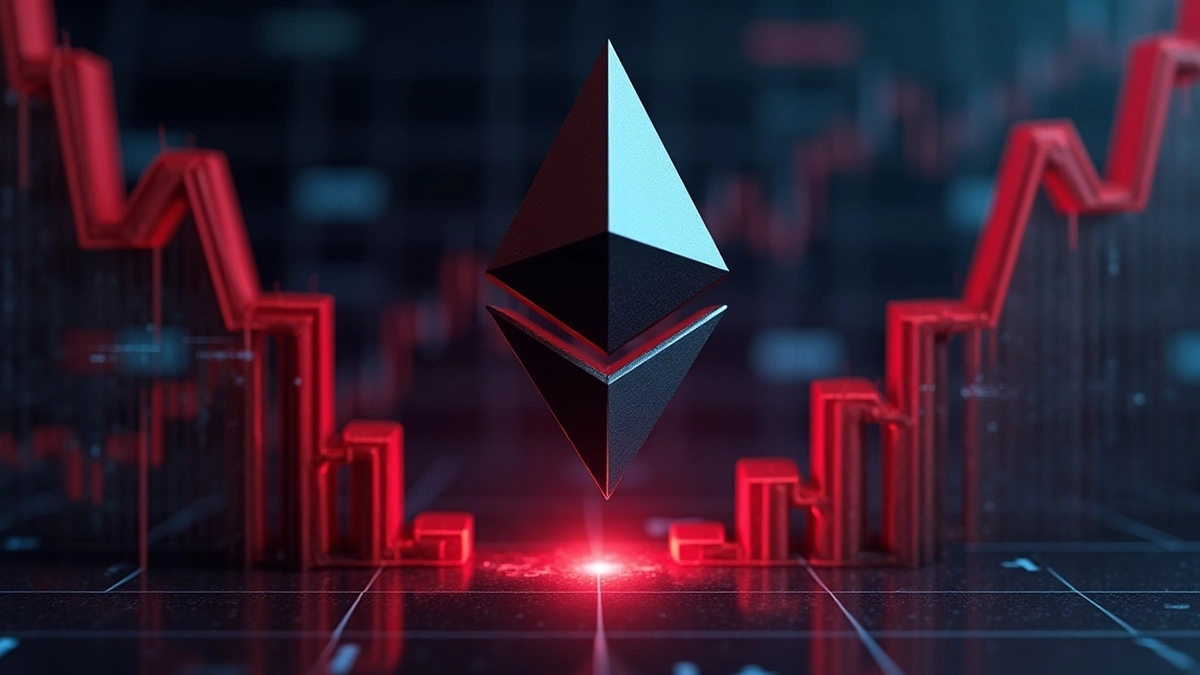- Circle’s IPO surged from $31 to $298.99, lifting its market cap to $72B amid strong demand for USDC and digital assets.
- High costs from Coinbase and Binance deals cut Circle’s 2024 net income by 42% despite a 16% revenue increase.
- Regulatory moves like the Genius Act and MiCA could benefit Circle’s transparency-focused USDC in the growing stablecoin market.
Circle’s stock had one of the most explosive debuts in 2025, with its IPO on June 5 priced at $31 per share. Within just weeks, the fintech firm’s stock surged to a high of $298.99, a remarkable 864.5% increase.
Although it has since pulled back, the share price remains 555% above its IPO level as of July 10. This rapid rise pushed Circle’s market cap to $72 billion, making it one of the largest early IPO success stories in the crypto sector.
The jump followed massive investor demand, with the IPO reportedly oversubscribed by more than 25 times. Circle’s business focus on stablecoins, especially USDC, placed it at the center of a fast growing market segment, but not without significant costs.
IPO Momentum and Early Market Response
The IPO received strong investor attention, with the stock closing its first day at $83.23, well above the $31 listing price. In the days that followed, Circle’s stock more than tripled, reaching an all-time high on June 23.
The rapid growth reflected excitement around the company’s role in the digital finance ecosystem, especially its position as a stablecoin issuer. However, some concerns began to emerge.
Circle operates under a costly collaboration agreement with Coinbase, where Coinbase earns 100% of interest on USDC held on its platform. Additionally, it shares 50% of its USDC reserve revenue with Coinbase. These terms, while helpful in expanding USDC’s reach, also impact Circle’s earnings potential.
High Distribution Costs and Profit Decline
Circle reported $1 billion in distribution and transaction expenses for 2024, largely due to its partnerships with exchanges like Coinbase and Binance. Notably, the company paid Binance $60.25 million in a one-time fee in 2024 and agreed to ongoing monthly incentive payments.
These expenses weighed on Circle’s profits. In 2024, net income fell 42% year-over-year to $155.7 million, despite a 16% rise in revenue. The drop in net income raised questions about the long-term profitability of Circle’s current partnership model, especially under growing market competition.
Growing Stablecoin Market and Regulatory Developments
Despite margin pressure, Circle remains tied closely to stablecoin market growth. In 2024, stablecoin transfer volume totaled $27.6 trillion, surpassing Visa and Mastercard combined. According to Allium and Visa, the average supply of stablecoins grew 28% annually over the last two years.
Governments are also laying the groundwork for regulatory clarity. In June, the U.S. Senate passed the Genius Act, aimed at regulating stablecoin issuers. Europe has already implemented the MiCA framework. These could increase confidence in regulated issuers like Circle.
Tether, with a $159 billion market cap, remains the dominant stablecoin. However, its lack of third-party audits and a past $41.6 million fine in 2021 give Circle an edge in transparency. Circle has provided monthly reserve audits for USDC since 2018, which may appeal to users and regulators alike.
Overall, Circle’s rapid share price rise followed high IPO demand, market enthusiasm for stablecoins, and growth in transaction volume. However, costly agreements with Coinbase and Binance continue to pressure profits. While stablecoin regulation may favor Circle’s transparent model, its long-term stock performance will depend on balancing growth with profitability.






